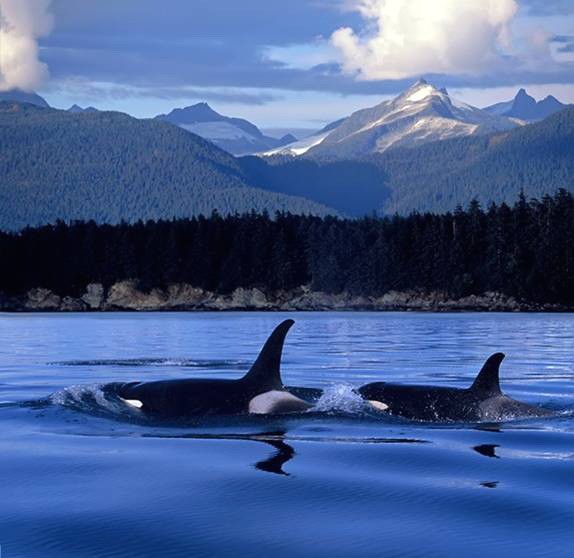Success in conservation is difficult to achieve and it often feels that conservation successes are few and far between. Many conservation efforts are unsuccessful because they place too much emphasis on one aspect of conservation and fail to give enough attention to the other components of conservation. Successful conservation depends upon the connection between three distinct forms of action. After a comprehensive class in Ocean Conservation, we recognize that there are three key pillars of necessary action needed to achieve meaningful, lasting and effective conservation (of an identified area). These are:
- Research + foundational information, which involves an appreciation of the ecological, biological, social and cultural factors influencing the current status of a marine ecosystem.
- Activism + community involvement, which involves the recognition and collaboration with the varying social groups involved in the marine ecosystem – i.e. fishers (men + women), decision makers, NGOs, industry, local communities, consumers etc.
- Policy Making + Lasting Action, which involves the creation of some type of policy or commitment involving all (or most) of the parties involved, with an emphasis on collaborative conservation.


This begs the question:
What is the best way to allocate resources in order to achieve conservation success?
And does it just depend on covering the three pillars or does context play a stronger role in determining the outcome of conservation efforts? We will explore these questions through examination of an interesting case study: The Raincoast Conservation Foundation’s survey of marine mammals in BC’s Pacific coastal waters. This initiative by Raincoast was research focused but also brought in elements from the other two pillars.
Raincoast began their research because they felt that BC’s coastal ecosystems were threatened by developments along the coast (increased shipping and fishing, and recently proposed super-tanker routes). The organization felt that the current state of BC’s coastal waters was so poorly understood that any damages from these developments would be impossible to measure. Therefore, they set out to gather baseline data about the populations of marine mammals on BC’s coast.
The immediate goal of Raincoast was to research the abundance and distribution of marine mammal species. The organization recorded sightings of marine mammals while moving along transects spanning the entire length and width of the Juan de Fuca and Georgia Straits, the Hecate Strait, and the Queen Charlotte Sound. The data they collected was scientifically sound and made a significant contribution to the current understanding of BC’s marine mammals.
Raincoast stated that one key intention is to achieve long-term protection for marine animals and their habitats. Thus, the thought arises: according to this goal, was it appropriate for Raincoast to allocate most of their resources solely towards research? Perhaps more community awareness was needed.
As an NGO, Raincoast is aware that conservation cannot be achieved without community involvement. Along with their scientific reports they also published a more digestible document called “What’s at Stake” . It is obvious that this document was directed at a more general audience that is not familiar with scientific jargon. This document is a great showcase of the work that was done and the new information gathered. Someone who is already a subscriber to the foundation would be pleased to know that their money was being put to good use, but it’s hard to imagine someone else picking up the 60 page “What’s at Stake?” report for casual reading. People don’t have the time for that. A more catchy and distilled deliverable such as a picture with quote that is more sharable would have had a larger reach.
Raincoast had some small achievements in policy: in particular, their submission to the Joint Review Panel identifying the potential impacts of the Northern Gateway Pipeline was influential in the creation of three conditions protecting marine mammals that Enbridge must meet in order to construct and operate the Northern Gateway pipeline. Beyond this, the study has not as of yet helped to establish any strict protection laws by changing policy. There have been no MPAs or other forms of protection created in BC’s coastal waters following this study. However, it is important to consider the context: until very recently the agenda of Canada’s Government has not emphasized protecting our environment. So, even if Raincoast put all efforts towards trying to change policy, would it have made a difference? An argument between a single NGO and the entire federal government has an obvious winner.
It is not easy to decide how to allocate resources between the three components of conservation research, activism, and policy. For conservation to be successful it needs to balance all three components. Conservation is an ongoing process. While it has notable points of achievement, we feel it is important to recognize that conservation is a pursuit through time. It is a pursuit of preservation, protection and restoration, towards an ever-evolving idea of a healthy, sustainable ecosystem. Conservation is not a place in time. Again, it is a process. This is an important consideration to be made in order to recognize the success that was achieved, in one sense, of the survey work performed by Raincoast.
By Blaire Cameron, Owen Sondergeld, and Mark Henry

